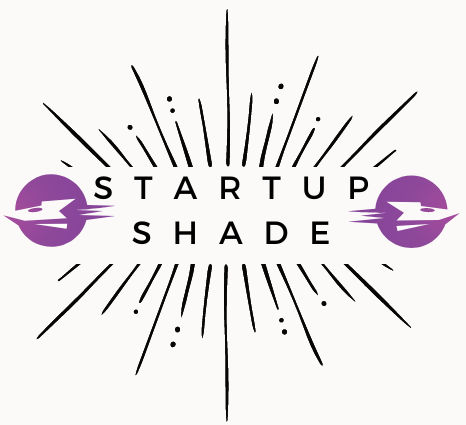Agile project management methodologies have become increasingly popular in the software development world, as they provide a flexible and adaptive approach to project management. Two of the most popular Agile methodologies are Kanban and Scrum. Both Kanban and Scrum are based on the Agile Manifesto and provide a framework for teams to collaborate and deliver high-quality software products. However, there are some significant differences between these two methodologies, and choosing the right one for your project can be challenging. In this article, we’ll explore the differences between Kanban and Scrum and help you decide which methodology is right for you.
What is Kanban?
Kanban is an Agile methodology that focuses on visualizing work, limiting work in progress, and optimizing the flow of work. The word “Kanban” comes from Japanese and means “visual signal” or “card.” Kanban uses a board to visualize the workflow and track the progress of work items. The board is divided into columns that represent the different stages of the workflow, and each work item is represented by a card that moves from column to column as it progresses through the workflow.
Kanban is based on the principles of Lean manufacturing, which aims to eliminate waste and optimize efficiency. Kanban provides a flexible framework that allows teams to adjust their process continuously, based on the feedback they receive.
What is Scrum?
Scrum is an Agile methodology that focuses on iterative development, team collaboration, and continuous delivery. Scrum uses a set of ceremonies, such as sprint planning, daily stand-ups, and sprint reviews, to enable teams to work collaboratively and deliver high-quality software products.
Scrum is based on the principles of empirical process control, which means that teams continuously inspect and adapt their process to optimize their performance. Scrum provides a framework for teams to deliver value to their customers through a series of short iterations called sprints.
Key Differences Between Kanban and Scrum
Kanban and Scrum have some significant differences, which can help you decide which methodology is right for you:
- Workflow Management: Kanban focuses on visualizing and optimizing the flow of work, whereas Scrum focuses on iterative development and delivery.
- Planning: Kanban doesn’t have a set planning ceremony, whereas Scrum has a sprint planning ceremony that sets the goals for the upcoming sprint.
- Roles: Kanban doesn’t have any predefined roles, whereas Scrum has three primary roles: product owner, scrum master, and development team.
- Timeboxing: Kanban doesn’t have any timeboxes, whereas Scrum has fixed timeboxes, such as sprints, which helps teams to plan their work and deliver value continuously.
- Change Management: Kanban allows teams to make changes to their process continuously, whereas Scrum only allows changes to be made during the sprint retrospective.
Which Agile Methodology is Right for You?
Choosing the right Agile methodology for your project depends on several factors, such as the size of your team, the nature of your project, and your team’s preferred way of working. Here are some factors to consider when deciding between Kanban and Scrum:
- Workflow: If your team focuses on optimizing the flow of work and doesn’t need a set planning ceremony, Kanban may be the right choice for you. However, if your team prefers to work in iterations and deliver value to customers continuously, Scrum may be a better fit.
- Roles: If your team is small and doesn’t need predefined roles, Kanban may be a good fit. However, if your team is larger and needs clear roles and responsibilities, Scrum may be a better choice.
- Timeboxing: If your team needs fixed timeboxes to plan their work and deliver value continuously, Scrum may be a good fit. However, if your team prefers a more flexible approach to time management and doesn’t want to be constrained by fixed timeboxes, Kanban may be a better choice.
- Change Management: If your team needs the flexibility to make changes to their process continuously, Kanban may be a better choice. However, if your team prefers a more structured approach to change management and wants to make changes only during specific timeboxes, Scrum may be a better fit.
- Customer Feedback: If your team values customer feedback and wants to deliver value to customers continuously, Scrum may be a better fit. However, if your team doesn’t prioritize customer feedback and focuses more on internal efficiency, Kanban may be a better choice.
Also read: Maximizing Efficiency with Kanban: A Comprehensive Guide
Conclusion
Choosing the right Agile methodology for your project can be challenging. Both Kanban and Scrum provide a framework for teams to collaborate and deliver high-quality software products. Kanban focuses on visualizing work, optimizing the flow of work, and providing a flexible approach to process management. Scrum focuses on iterative development, team collaboration, and continuous delivery, and provides a more structured approach to process management. When deciding between Kanban and Scrum, it’s essential to consider factors such as workflow, roles, timeboxing, change management, and customer feedback. Ultimately, the right choice depends on your team’s preferences, the nature of your project, and your organization’s goals.

